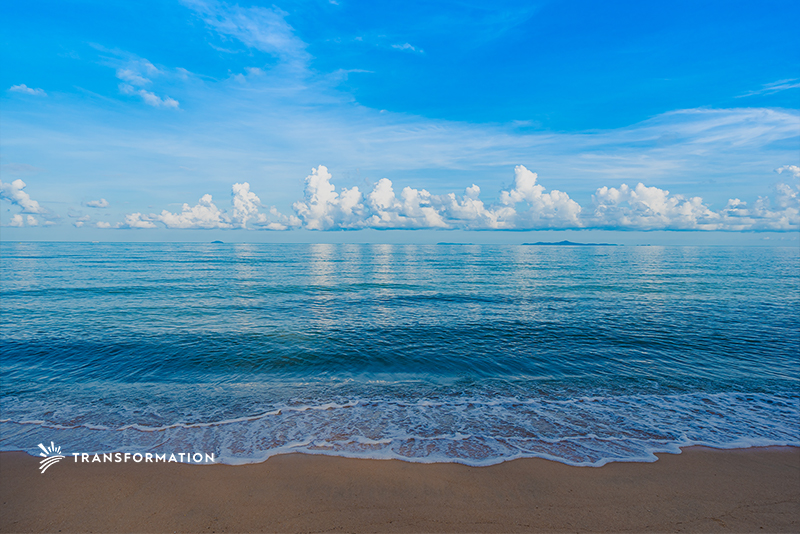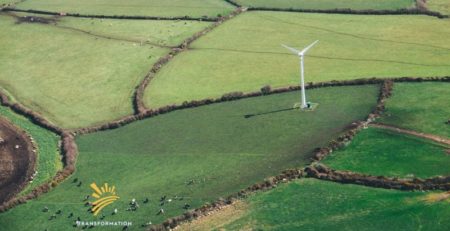Our Oceans: A Focus on the Future
It seems that the world’s attention has been drawn to critical land-based issues like the pandemic and political elections. But always in the background, like the call of a gull at the beach, there is a need to safeguard a future for our planet’s oceans. Some organizations are making strong commitments to improvement and sending out the call for others to join them.
One high profile example is Walmart. The retail giant is renewing its sustainability commitments and pledging to transform into a “Regenerative Company.” According to Doug McMillion, Walmart’s President and CEO, this means the company will be “one that works to restore, renew and replenish in addition to preserving our planet…” They are also encouraging others to do the same.
A large focus of the Walmart commitment is to the earth’s oceans. By 2030, Walmart has committed to restoring at least one million square miles of ocean. This is highlighted by their in-store promotion, “Our Ocean Our Responsibility.” Technology companies like Google and their Global Fishing Watch program and IBM’s Food Trust initiative hope to provide increased transparency to make a positive impact on marine habitats and support sustainable fishing practices. Even brands like Adidas are demonstrating their commitment through initiatives like Run for the Oceans and its Parley for the Oceans which uses recycled ocean plastic to create high end shoes.
Three Sustainability Drivers for Our Oceans
So why are the oceans such a priority among all the other sustainability issues facing us now? According to National Geographic, the plastic flowing into the seas will nearly triple by 2040 increasing to a whopping 29 million metric tons…every year. This can have many impacts on a global scale:
Sustainability Driver One - Balance:
Earth’s Oceans are the home to many species, far more than live on land. If too many toxins significantly change the water composition or plastic waste chokes off plant life, the food chain is disrupted, habitats are destroyed, CO2 levels change the pH of the water causing the potential extinction of many species.
Sustainability Driver Two - Food:
The Global Aquaculture Alliance reports that by 2050 there will be 10 billion people inhabiting the planet. To feed the population, responsible fish farming will have to be increasingly developed. Protecting our oceans is the first step in a sustainable model.
Sustainability Drive Three - Protection:
The seas are also the land’s greatest protector. Coral reefs, mangrove forests, and other oceanic plant life serve as protection against eroding shorelines. The water covering 70% of earth’s surface helps to regulate climate and keep the temperature balance of the earth. And if that is not enough, the seas absorb CO2 that would accumulate in the earth’s atmosphere causing a greenhouse gas effect. Keeping the oceans safe is crucial to the planet’s health.
When considering your investment choices, why not look into aligning them with companies that are taking a stand to ensure there is a healthy future for our oceans and ourselves? Look into their sustainability commitments and what they are doing to transform into a Regenerative Company with a supply chain that reflects the same standards from start to finish.




Leave a Reply